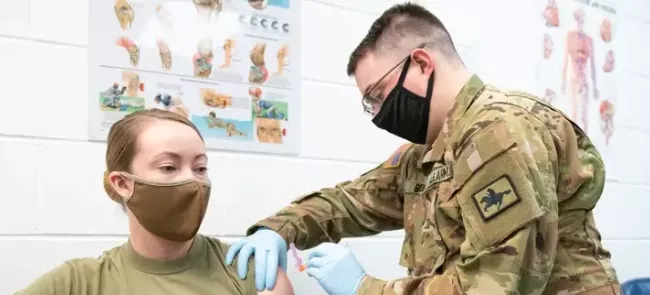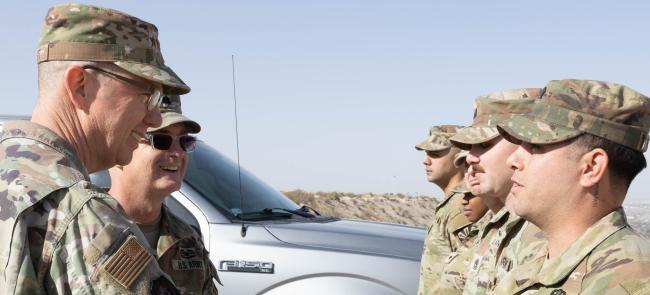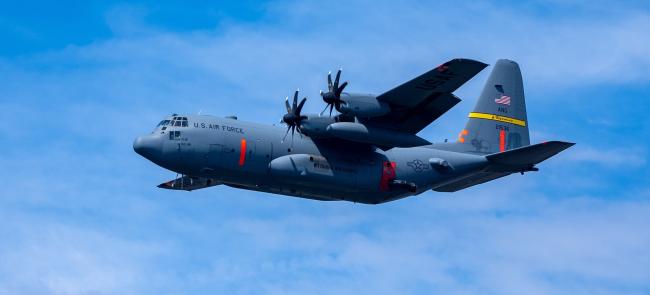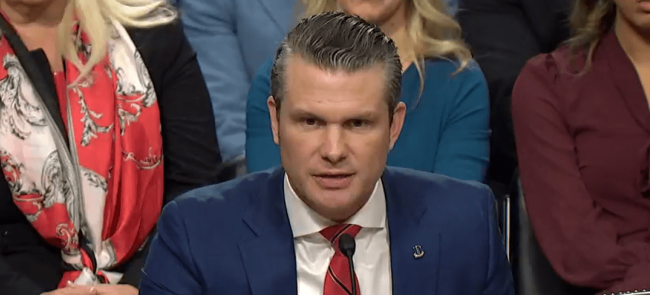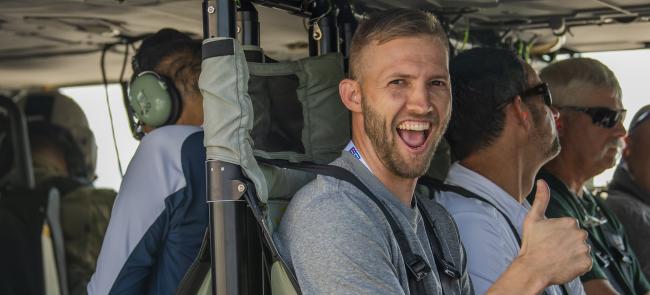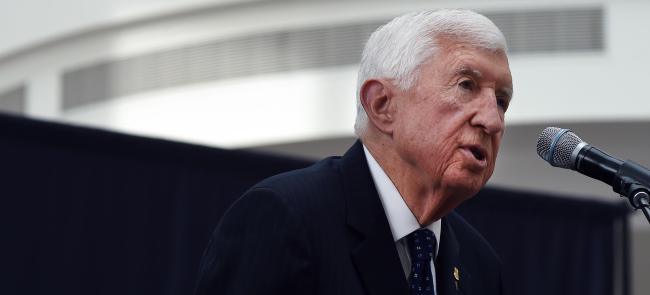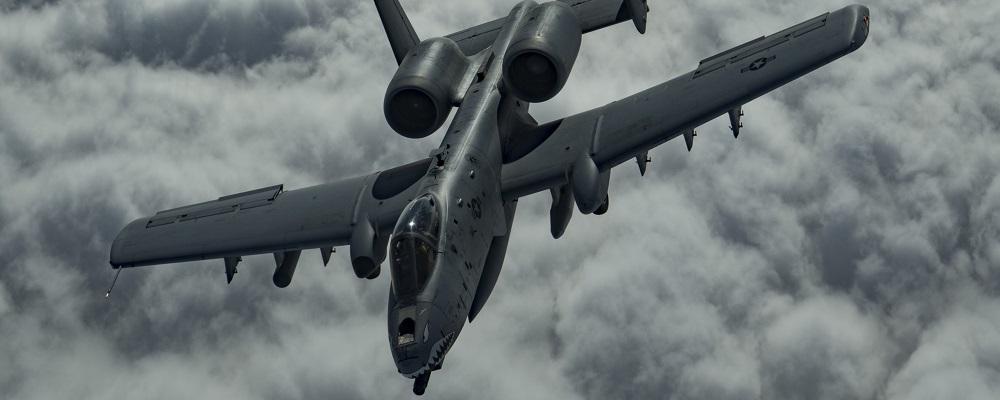
President Donald Trump is requesting $741 billion in defense spending for fiscal 2021, a slight boost over this year that includes a 3% pay raise for troops and a focus on new technology.
Defense Department leaders on Monday hailed the budget request as “the next step in implementing the National Defense Strategy.”
But the budget request, which will undoubtedly be changed in Congress, offers a mixed bag for the National Guard. A full NGAUS analysis of how the budget request could impact the Guard will be available in the coming weeks.
Based on initial budget documents, the request would fund a small amount of growth among the services, totaling about 5,600 service members across the active and reserve components. For the Guard, that would mean 500 additional soldiers and 400 additional airmen.
The request includes nearly $200 million in Guard-specific military construction that would support numerous projects, including an F-35 Lightning II simulator facility in Alabama; F-16 mission training centers in Maryland and Texas; vehicle maintenance shops in Mississippi, Nebraska and Texas; readiness centers in Arizona, Colorado, Indiana, Kentucky, New Jersey, Ohio, South Carolina, Tennessee, Utah and Wisconsin; a maintenance hangar in Texas; and transient barracks in Oregon.
The Army’s budget would reduce its Joint Light Tactical Vehicle buy for 2021 and cancel the Advanced Precision Kill Weapon System in order to fund other modernization priorities, officials said. It would also fund four Guard combat training center rotations and resource the Army Guard to train to platoon level proficiency.
The budget request also include 22 M109A6 Paladin Integrated Management vehicles for the Army Guard, along with 24 AH-64 Block IIIA Apache helicopters, 23 UH-60M model Black Hawks and the conversion of 14 UH-60Ls to V models.
It does not provide funding for CH-47F Block II Chinooks for the second year, despite Congress inserting funds for that purpose in the 2020 budget. Army leaders said they will revisit CH-47F Block II procurement decisions in fiscal year 2023.
The Air Force budget would provide $15.4 billion for the fledgling Space Force, $3 billion for 15 KC-46 Pegasus tankers and $11.4 billion for 79 F-35 variants across the force.
It also realigns more than $4 billion over the next five years, mostly by divesting old aircraft. Air Force officials said they will begin retiring B-1 bombers, A-10 Warthogs, RQ-4 Global Hawk unmanned aircraft, KC-135 and KC-10 tankers and C-130H cargo planes in 2021.
More than 100 planes will be retired across the force. Budget documents show the Air Guard would lose 40 planes.
In all, the budget request includes $705.4 billion in the Pentagon’s budget. Deputy Defense Secretary David L. Norquist said the budget supports “high-end” warfare.
“This budget invests in bringing the capabilities of tomorrow to life,” he said. “The result is a budget that puts us on a path to develop a future force that will prevail in each and every domain — air, land and sea, space and cyber — leveraging the capabilities of each in a synchronized fashion while fighting seamlessly across them all.”

